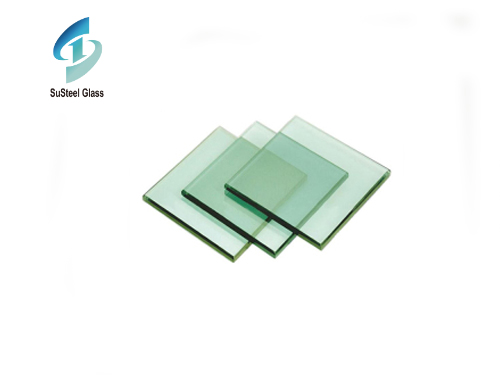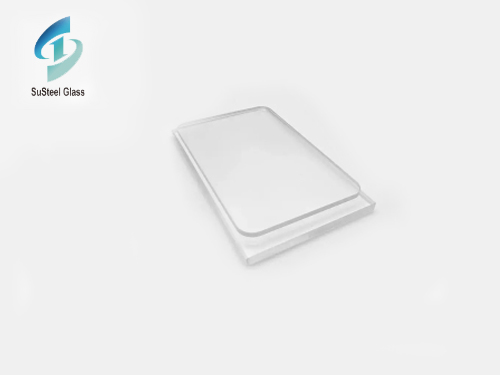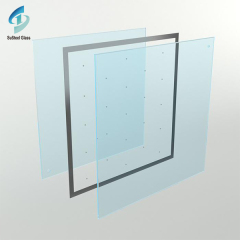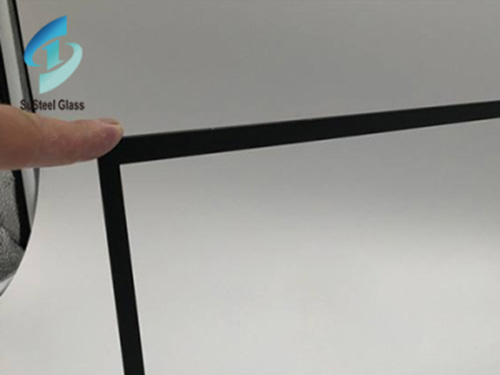
The process of heat bending glass begins with selecting the appropriate type of glass. Not all glass is suitable for bending, as it requires specific thermal properties. Typically, soda-lime float glass or borosilicate glass, known for its low coefficient of expansion, is preferred. These types of glass can withstand the thermal stresses induced during the bending process.
The glass is then cut into the desired size and shape before undergoing a meticulous preparation process. The edges of the glass may be polished to ensure a smooth finish, and any imperfections or blemishes are carefully removed. Once the glass is ready, it is placed into a kiln or a professional bending oven, where it will undergo controlled heating.
The heating process is a critical step in heat bending glass. The glass must be heated uniformly to the point where it becomes malleable but not fully molten. It is important to monitor the temperature closely to prevent overheating or thermal shock, which could result in cracking or breakage.
The glass may be draped over or pressed into a mold, allowing it to take on intricate forms. The cooling process is equally important, as it sets the glass in its new shape. The glass is slowly cooled to room temperature to ensure that it retains its structural integrity.
Heat bending glass offers numerous advantages in architectural and design applications. The ability to create curved glass elements opens up new possibilities for building facades, windows, partitions, and even furniture design. Curved glass can create a sense of fluidity, allowing for unique aesthetics and dynamic visual experiences. It can enhance natural light distribution, improve acoustics, and contribute to energy efficiency by reducing the need for artificial lighting and heating.
Additionally, heat bending glass enables the creation of bespoke designs that align with the vision of architects and designers. It offers flexibility in realizing complex geometric shapes, organic forms, and custom patterns that can transform spaces into works of art. Whether it's a curved glass staircase railing or a sculptural glass installation, heat bending empowers designers to push the boundaries of creativity.
 Enhancing Safety with Blast Resistant Glass: Innovations, Applications, and Protective Solutions
Enhancing Safety with Blast Resistant Glass: Innovations, Applications, and Protective Solutions
 Painted glass has emerged as a captivating medium for interior design
Painted glass has emerged as a captivating medium for interior design
 The Beauty and Utility of Thin Glass Sheets: Applications and Advantages
The Beauty and Utility of Thin Glass Sheets: Applications and Advantages
 The Strength and Versatility of Thick Glass Sheets
The Strength and Versatility of Thick Glass Sheets

